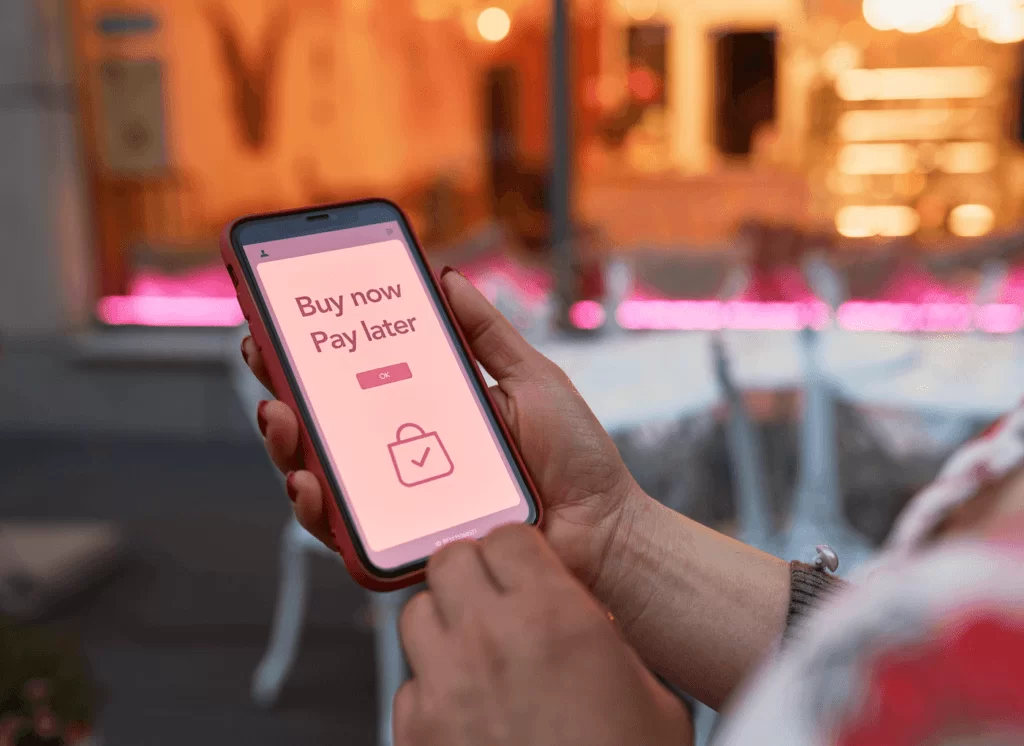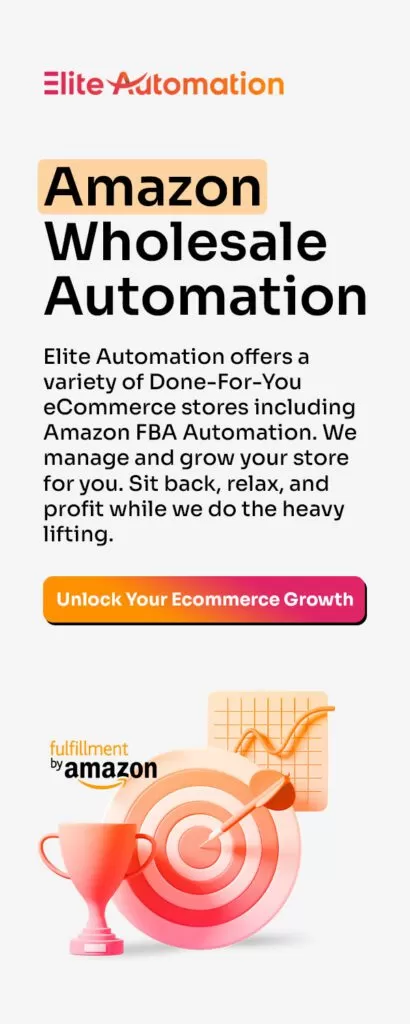Ecommerce has been nothing short of a revolution, democratizing the world of retail and making it possible for anyone to shop from anywhere. But as the ecommerce landscape continues to evolve, so do the payment methods associated with it. We’re seeing a gradual but definite shift away from traditional payment options like credit cards and PayPal towards more innovative options like cryptocurrencies & Buy Now, Pay Later (BNPL) schemes. Let’s take a closer look.
Traditional Payment Methods: The Old Guard
Traditional payment methods like credit & debit cards, bank transfers, and PayPal have been the backbone of ecommerce transactions for years. They are familiar, trusted, and widely accepted. However, they are not without their drawbacks, including transaction fees, potential for fraud, and limited accessibility for unbanked or underbanked populations.
Cryptocurrencies: The Digital Gold Rush
Cryptocurrencies, led by the trailblazing Bitcoin, have made their way into the ecommerce space, promising a host of benefits, including lower transaction fees, fraud prevention, and global accessibility. Cryptocurrencies operate on decentralized blockchain technology, offering a high level of security & anonymity.
Companies like Overstock and Newegg have embraced cryptocurrencies & even industry giants like Tesla have dabbled in crypto transactions. Additionally, ecommerce platforms such as Shopify have integrated cryptocurrency payment gateways like CoinGate and BitPay, allowing sellers to accept crypto payments.
Elite Insight: Cryptocurrency acceptance can help your business appeal to a tech-savvy, privacy-conscious demographic. However, the volatility of cryptocurrencies is a valid concern. If you choose to accept crypto payments, consider using a payment gateway that converts cryptocurrencies into your local currency immediately.

Buy Now, Pay Later (BNPL): The Rising Star
BNPL is a payment method that allows customers to purchase items immediately but pay for them over a set period. Companies like Affirm, Klarna & Afterpay are at the forefront of this payment revolution.
BNPL can be a powerful tool for ecommerce businesses, potentially driving higher cart values, improving conversion rates, and enhancing customer loyalty. However, businesses need to consider the cost of offering BNPL services, which often involves paying a percentage of the transaction to the BNPL provider.
Tip: Before integrating a BNPL service, ensure you understand the cost structure. Moreover, use it strategically during peak shopping periods or for high-value items to boost sales.
Mobile Wallets: The Convenience King
With the increasing prevalence of smartphones, mobile wallets like Apple Pay, Google Pay, and Samsung Pay have emerged as popular payment methods. They offer convenience, speed, and enhanced security through tokenization and biometric authentication. For ecommerce businesses, accepting mobile wallet payments can streamline the checkout process & improve the mobile shopping experience.
Elite Insight: Consider integrating mobile wallet options, especially if your target demographic includes young, mobile-savvy consumers. However, remember to prioritize mobile website or app optimization to fully leverage the benefits of mobile wallets.

Digital Banks and Neobanks: The Modern Banking Solution
Digital banks and neobanks (fully digital banks without any physical branches) like Chime, Revolut, and N26 are becoming increasingly popular, particularly among younger generations. They offer modern, mobile-first banking solutions with features like instant transfers & spending insights.
In the ecommerce space, accepting payments from digital banks & neobanks is relatively similar to traditional bank transfers. However, some neobanks offer unique features like virtual cards that could provide additional security for online shoppers.
The Future of Ecommerce Payments: What’s Next?
The landscape of ecommerce payment methods is dynamic & constantly evolving, driven by technology, consumer preferences & market needs. Other emerging trends include biometric payments, where payments are authenticated using unique biological characteristics like fingerprints or facial recognition, and social commerce payments, where transactions are conducted directly within social media platforms.
While it’s hard to predict which payment method will reign supreme, it’s clear that flexibility and security will remain paramount. Ecommerce businesses that want to stay ahead of the curve should aim to offer a variety of payment options to cater to different customer preferences.
Elite Insight: Regularly review your payment options, and be open to adopting new methods as they gain popularity. Monitor your customer behavior & feedback to understand their payment preferences and ensure you are meeting their needs.

How Amazon Collects Payments
Let’s not forget the giant in the room, Amazon. The platform’s ease and accessibility extend not just to consumers but also to sellers. A critical aspect of selling on Amazon is its integrated payment processing.
Amazon takes care of all payment processing for its sellers, offering an effortless solution that eliminates the need for individual sellers to set up their own payment systems. Amazon accepts a wide range of payment methods, including credit & debit cards, Amazon Pay, and direct bank transfers. All the funds from sales, minus Amazon’s fees, are directly deposited into the seller’s bank account, ensuring a smooth & streamlined process.
For sellers, this integrated payment processing means they can focus on product development, marketing, and customer service without worrying about handling transactions. This all-encompassing approach is part of what makes Amazon such a powerful platform for ecommerce sellers. However, it also means that sellers have less control over the transaction process & must abide by Amazon’s rules & fees.
Elite Insight: If you’re an Amazon seller, ensure you fully understand the fees associated with Amazon’s payment processing. While it simplifies transactions, it also comes with costs that can impact your profit margins. Balancing the benefits of simplified transactions with the cost is key to successful selling on Amazon.
Final Analysis
In conclusion, as we look towards the future, it’s clear that ecommerce payment methods are not a one-size-fits-all scenario. Whether it’s traditional credit cards, cryptocurrencies, BNPL, mobile wallets, or digital banks, each method has its own strengths & fits a specific consumer need.
As an ecommerce business, understanding these evolving payment methods and strategically implementing them can give you a competitive edge & help drive your business growth. Happy selling in this brave new world of ecommerce payments!


